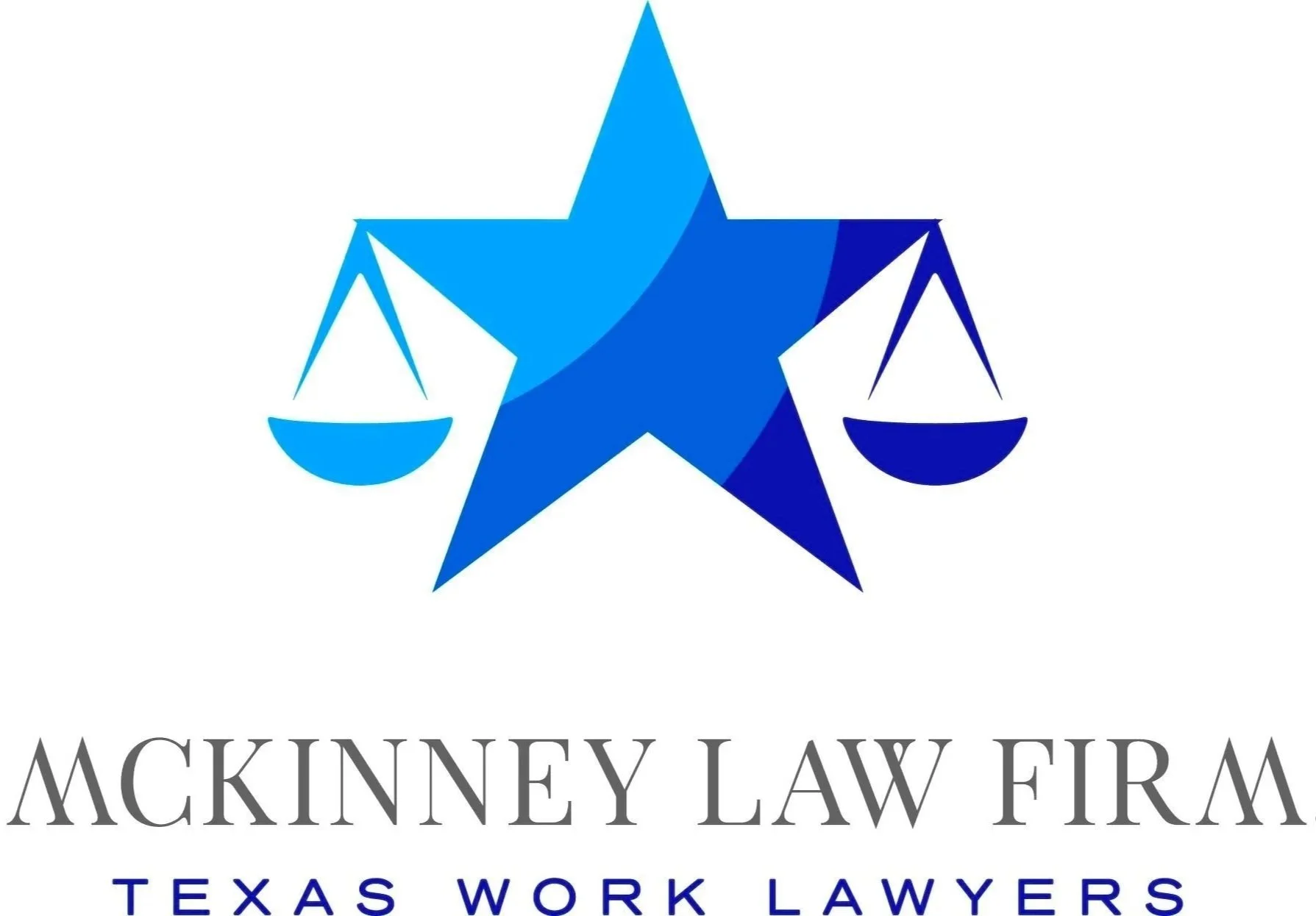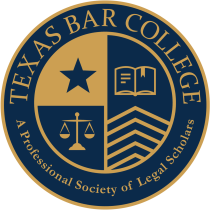The $70 Million Verdict Against Glow Networks: A Landmark in Employment Discrimination
/In a groundbreaking verdict last year, a Dallas, Texas area jury delivered a resounding blow against employment discrimination, awarding $70 million in favor of 10 employees who had worked for Glow Networks. This case, known as Yarbrough, et al. v. Glow Networks, Inc., serves as a stark reminder of the persisting challenges of workplace discrimination and the legal avenues available to combat it.
Background of the Case
The lawsuit was filed by the employees against Glow Networks in a Texas federal court in December 2019. Their complaint detailed a distressing narrative of ongoing race discrimination at work, including instances of promotion denials, unequal pay, and a hostile work environment.
At trial, the employees sought compensatory/emotional distress damages and punitive damages, without pursuing lost pay damages. Notably, they chose to proceed solely under 42 U.S.C. 1981 (Section 1981) rather than including a claim under Title VII of the 1964 Civil Rights Act (Title VII), a decision that holds significance and warrants further examination.
The Jury's Verdict
The jury ruled in favor of the employees, finding that Glow Networks had indeed subjected them to unlawful discrimination and retaliation. The acts of discrimination and retaliation included demotions, promotion denials, and terminations. The jury's decision was not only a moral victory but also a substantial financial one.
Each plaintiff was awarded $3 million in emotional distress damages and $4 million in punitive damages. These punitive damages are intended to punish employers in particularly egregious cases of employment discrimination. The combined award for the 10 employees amounted to an astonishing $70 million, and this figure does not even include potential attorney's fees and trial expenses.
A Choice with Consequences: Section 1981 vs. Title VII
A pivotal aspect of this case was the choice to proceed under Section 1981 rather than Title VII. Both laws prohibit employment discrimination based on race, but they have key distinctions. Title VII imposes a cap on the maximum compensatory and punitive damages at $300,000, which would have limited the jury's verdict to $3 million in this case. In contrast, Section 1981 has no such cap, enabling the jury to award a monumental $70 million.
Other distinctions include:
Title VII outlaws disparate impact discrimination, while Section 1981 does not.
Section 1981 does not require employees to file an EEOC charge, unlike Title VII.
Section 1981 has a longer statute of limitations for filing a lawsuit compared to Title VII.
Title VII covers a broader range of protected classes than Section 1981, including aspects such as sex, religion, sexual orientation, and gender identity.
The Ongoing Fight Against Discrimination
The Yarbrough verdict underscores the ongoing battle against employment discrimination and the potential that laws like Section 1981 and Title VII hold in reshaping workplaces. This $70 million verdict serves as a beacon of hope for those who continue to face discrimination at work. It highlights the power of legal remedies and the need for vigilance in combating discrimination in all its forms.









